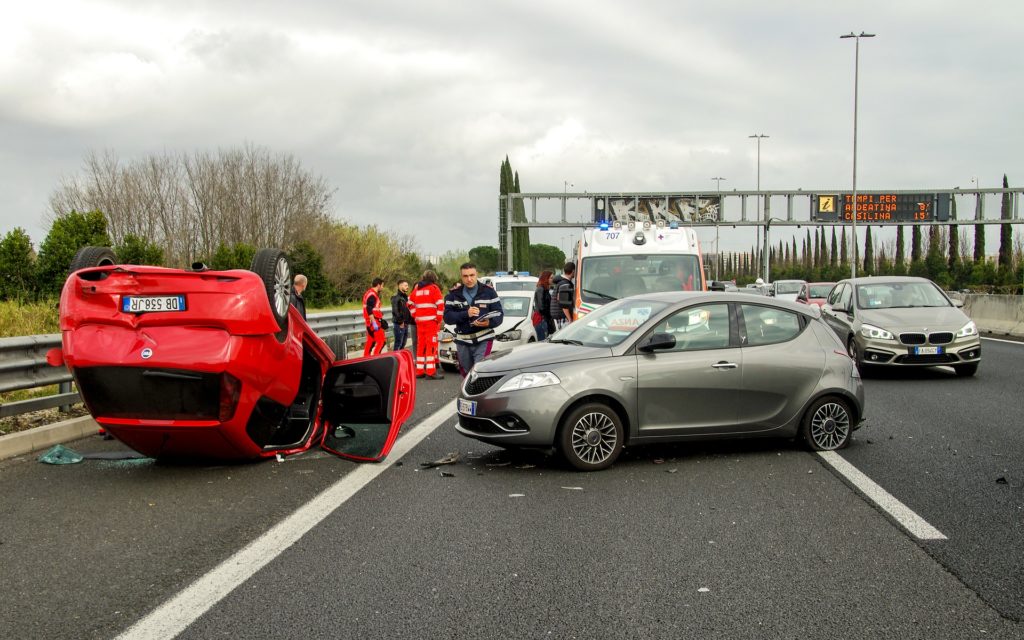
Car accidents happen all the time. As many as 1.25 million people die as a result of vehicular collisions each year, which is more than 3,200 people per day. And despite advancements in car safety technology like better, more intelligently deploying airbags and smarter chassis design, the role of human negligence and error is too great for these new safety standards to overcome.
Improving your understanding of the contributing factors for car accidents can help you become a better, safer driver—and help you avoid drivers who aren’t operating safely.
Attributing Fault
Very few car collisions are a result of pure coincidence, or unavoidable circumstances. Instead, most car accidents are found to be at least one driver’s fault, thanks to:
- Inability to follow basic signs and/or laws. This is probably the most obvious root cause of traffic collisions, and the most common. When someone blows through a stop sign or a red light or ignores clear speed limit postings, they put themselves and others at greater risk of a car accident. In these cases, fault is usually easy to determine.
- Distractions. Distracted driving is an increasing factor in car accidents, thanks to the prevalence and accessibility of “smart” mobile devices. When you’re traveling at speeds upwards of 60 mph, even a second or two of lost focus can result in you straying from your lane, or failing to respond to a sudden braking car in front of you. Even the smallest distraction can result in a collision.
- Intoxication and/or fatigue. Many accidents occur because a driver has deliberately or inadvertently altered their mental state, rendering them unable to respond to road conditions the way they could normally. Intoxication from alcohol or drugs can result in this, but you can also find yourself in a depleted state of mind if you’re especially tired or physically fatigued.
- Failure to incorporate extra safety standards. Some conditions demand that drivers incorporate additional safety measures, such as increasing the following distance between cars during periods of low visibility, or reducing speed around the scene of a previous accident. It’s expected that drivers increase their attention and caution when situations warrant it.
In some cases, other individuals or organizations may be held at fault for a car accident, such as:
- A department of transportation (DOT). Your local department of transportation is ultimately responsible for ensuring reasonable safety standards for roads, including proactively marking areas where construction is underway or accommodating dangerous conditions. If they fail to exercise these responsibilities, they could be held liable for a resulting accident.
- Vehicle manufacturers. In some cases, collisions are due to a mechanical fault, either because of the way the vehicle was manufactured or because of a flaw in one of the vehicle’s part. If this is found to be the root cause of an accident, the vehicle manufacturer or part manufacturer could be considered the root cause.
- Maintenance workers. In rarer cases, collisions may result due to a mechanic or other maintenance worker failing to fix something correctly, or performing shoddy work that results in a mechanical failure.
Complicating Factors
There are some complicating factors that can come into play as well. However, these incidents can rarely be considered as the sole root cause of a collision; instead, they typically increase the likelihood of one of the above causes coming into play, or increase the damage of the resulting collision.
- Inclement weather. Many weather conditions can sharply increase the likelihood of experiencing a road collision. For example, conditions like hail, snow, rain, and fog can reduce visibility, making it harder to respond to sudden events. Conditions like ice and wet roads can cause cars to lose traction, making skids easier to experience and harder to pull out of. However, most weather-related accidents are still avoidable if you exercise extra caution when driving (or avoid driving altogether during the worst events).
- Road changes. Sometimes, road changes can take drivers by surprise. A sudden pothole, or a change in traffic light patterns can throw you off, causing you to exhibit aberrant driving behavior on an otherwise ordinary route. Again, this is preventable if you pay close attention to your surroundings.
- Unexpected occurrences. Occasionally, highly unexpected occurrences can make a collision inevitable. For example, someone experiencing a heart attack while driving may find themselves unable to control the vehicle—or prevent any damage to themselves or others.
No driver is perfect, and collisions are always going to occur. However, the more you understand the true root causes of accidents, the better you can protect yourself and the other drivers on the road. Stay vigilant, both as a driver and as someone on the road with other drivers, and your chances of an accident will be greatly reduced.